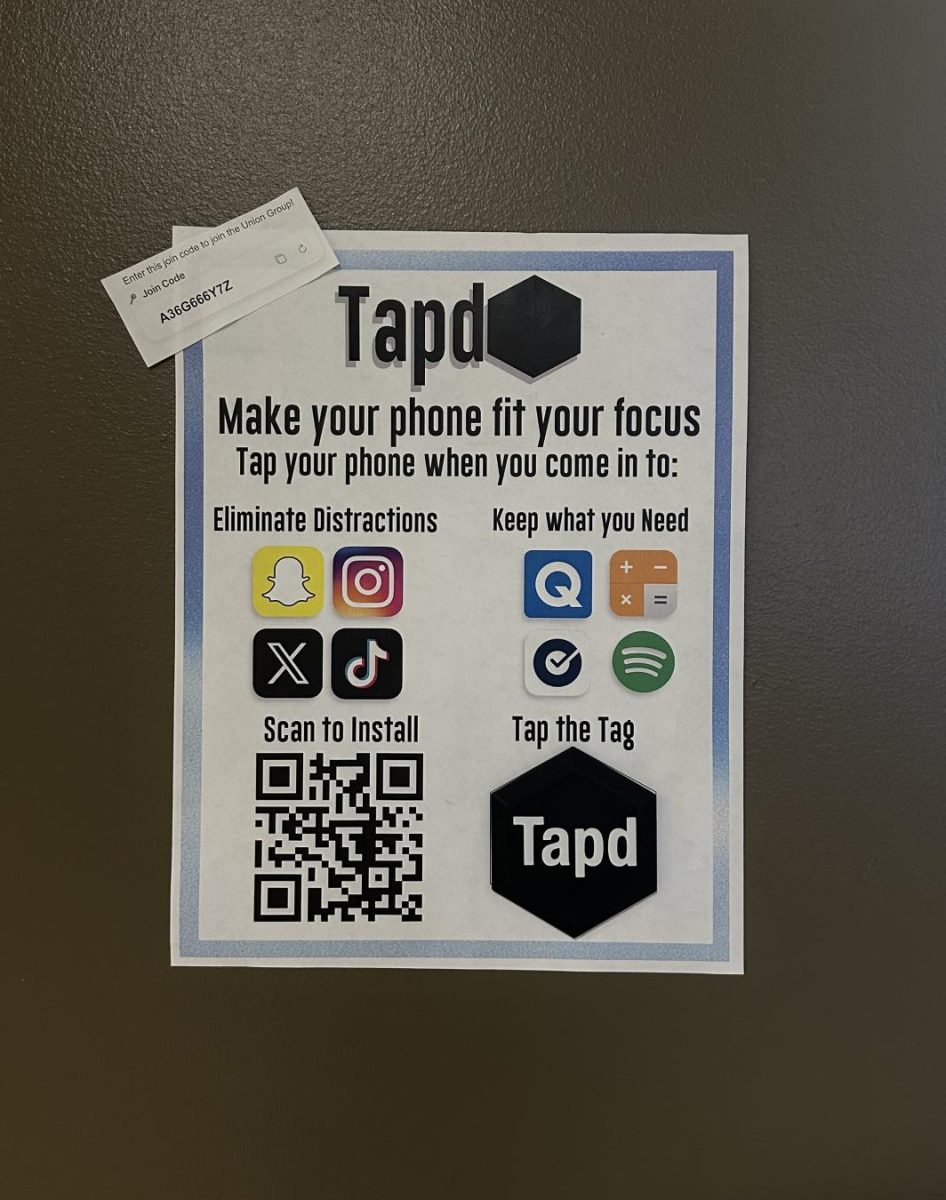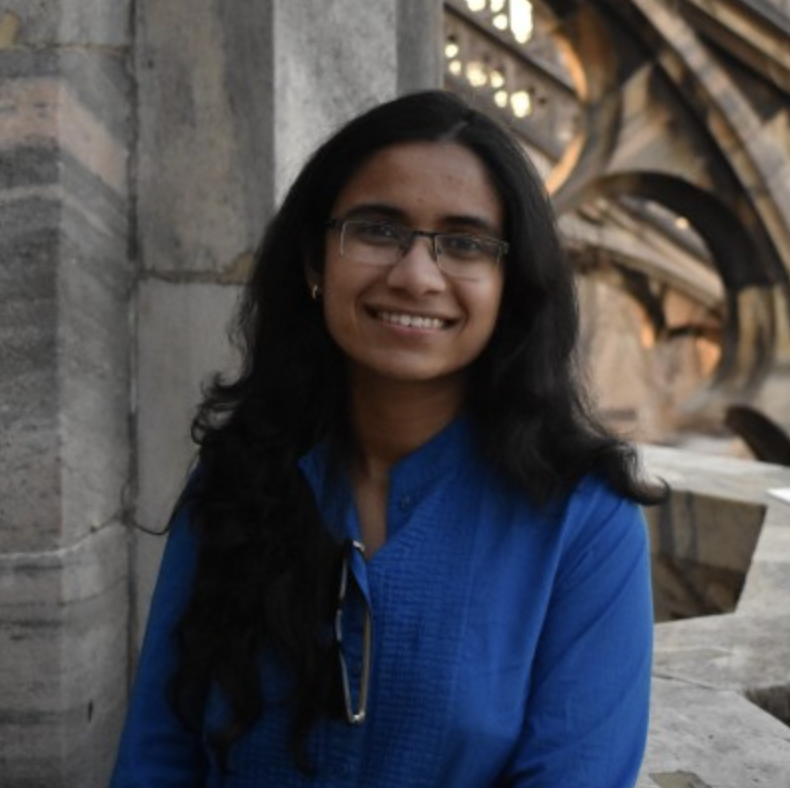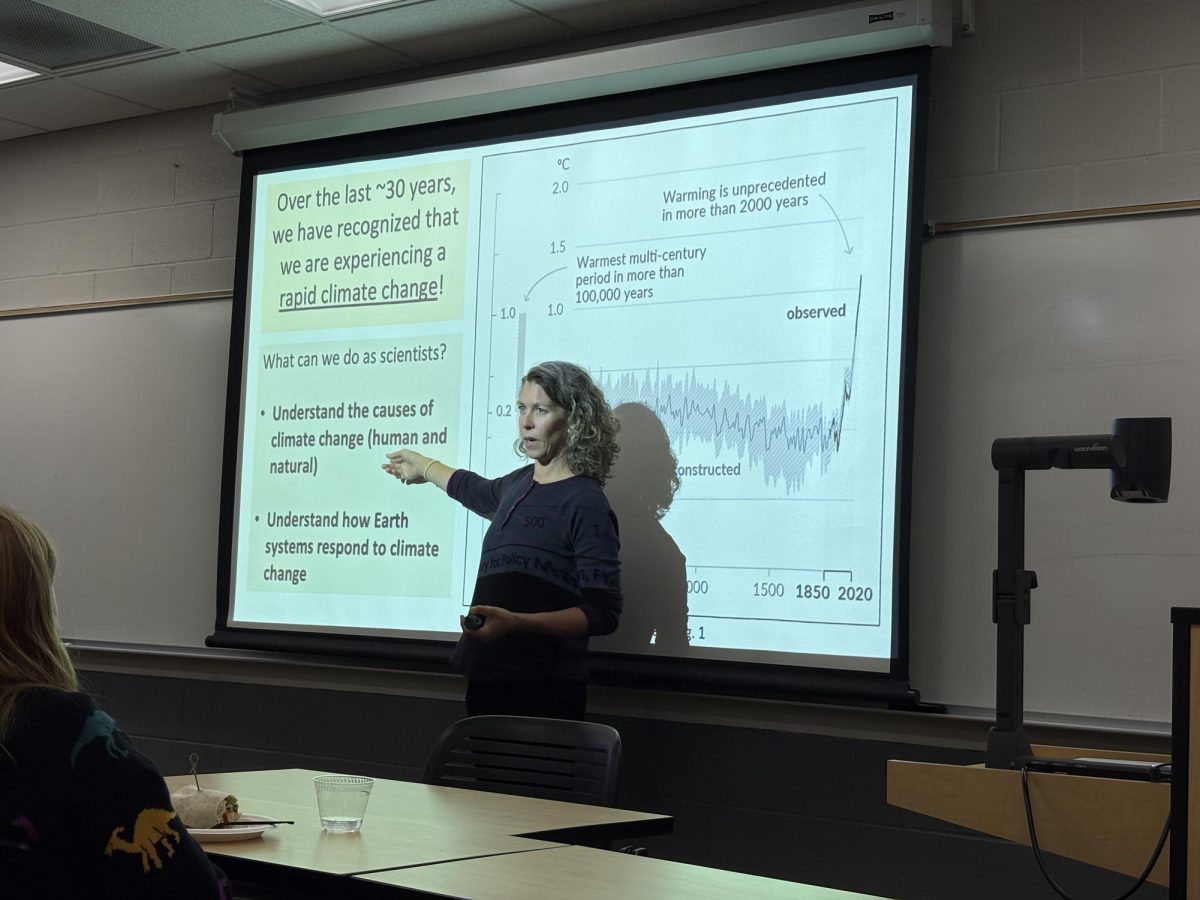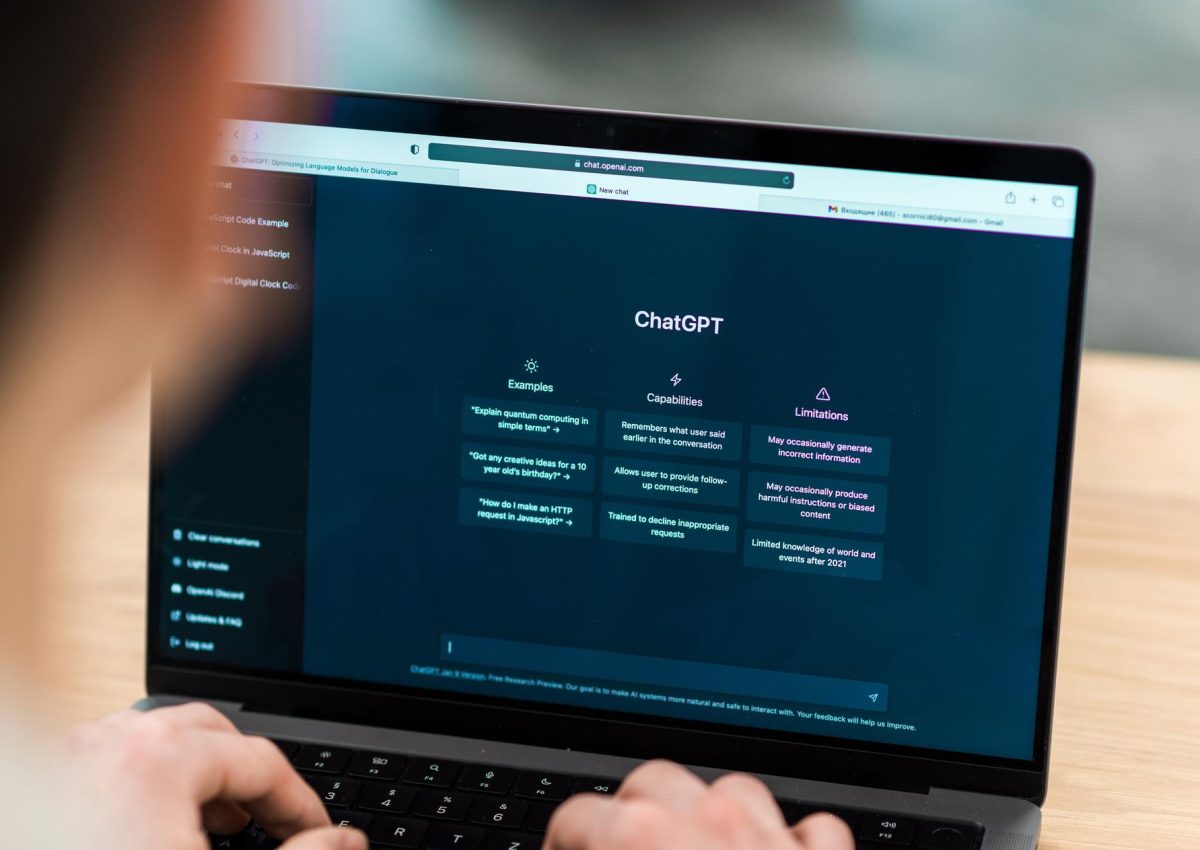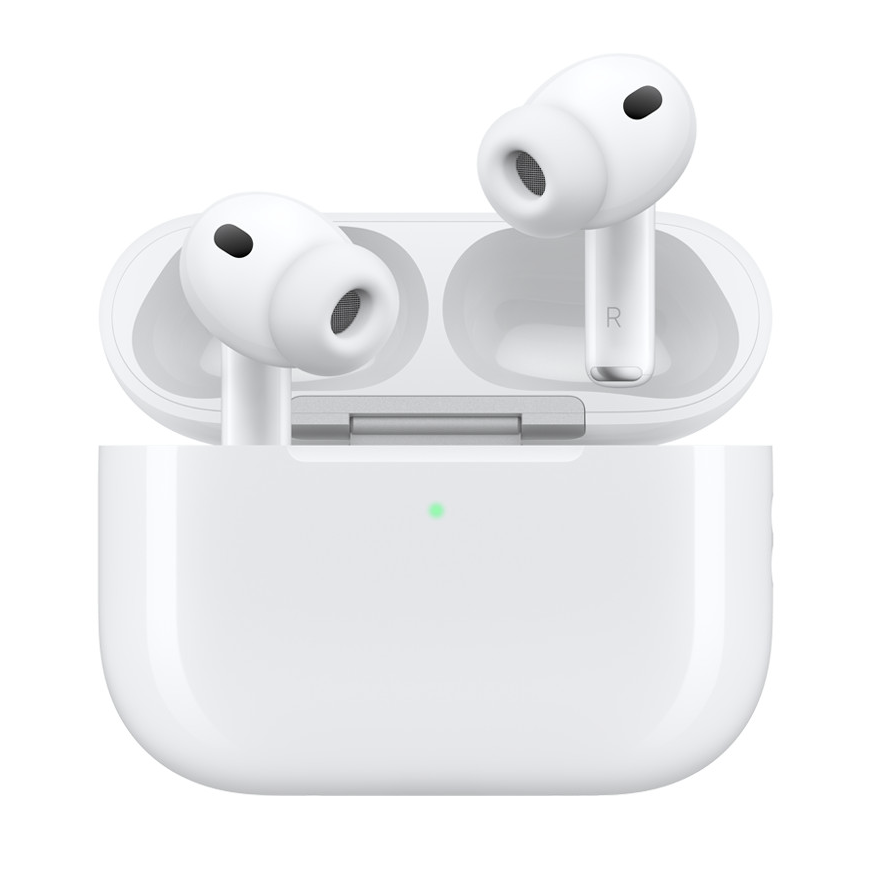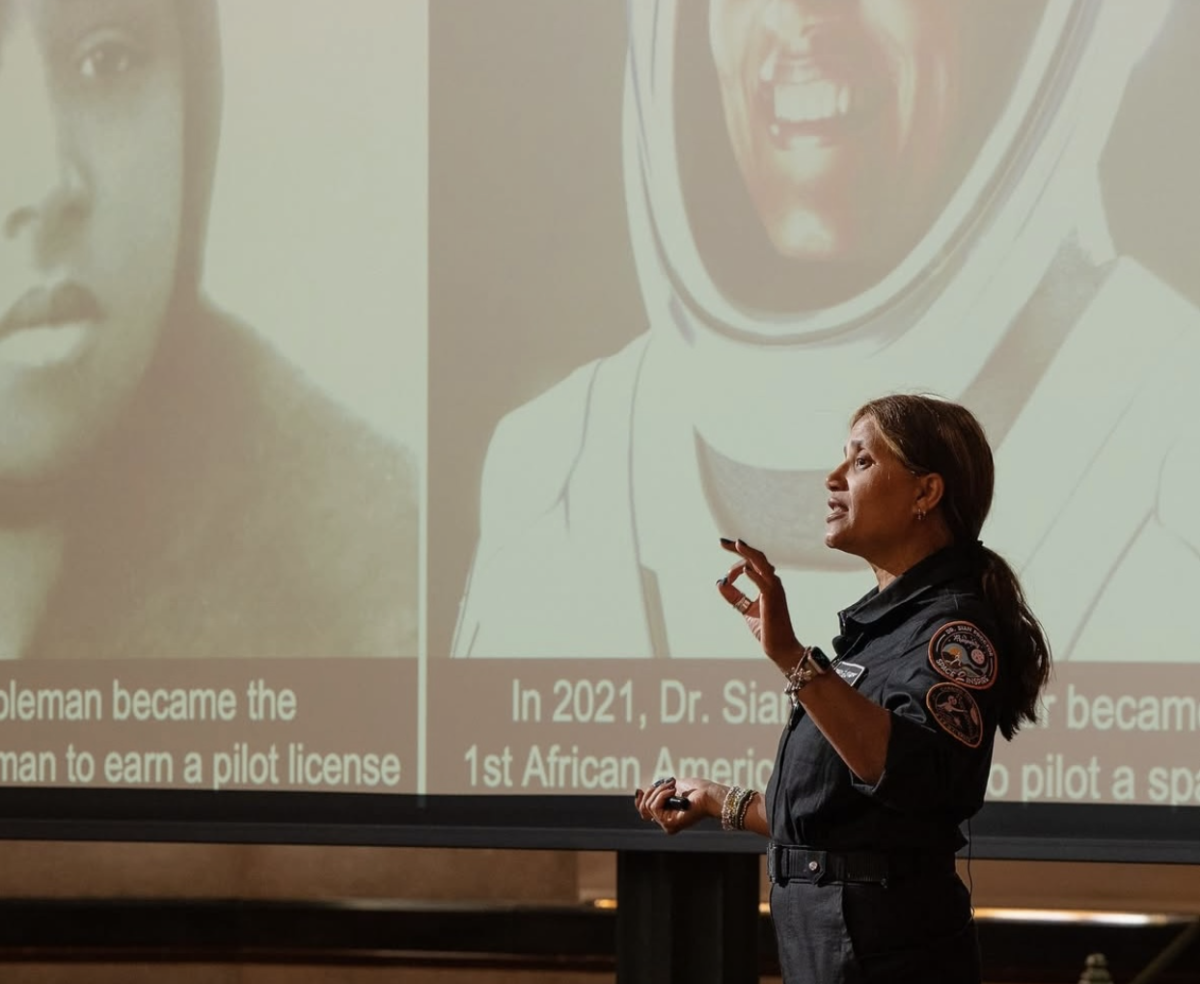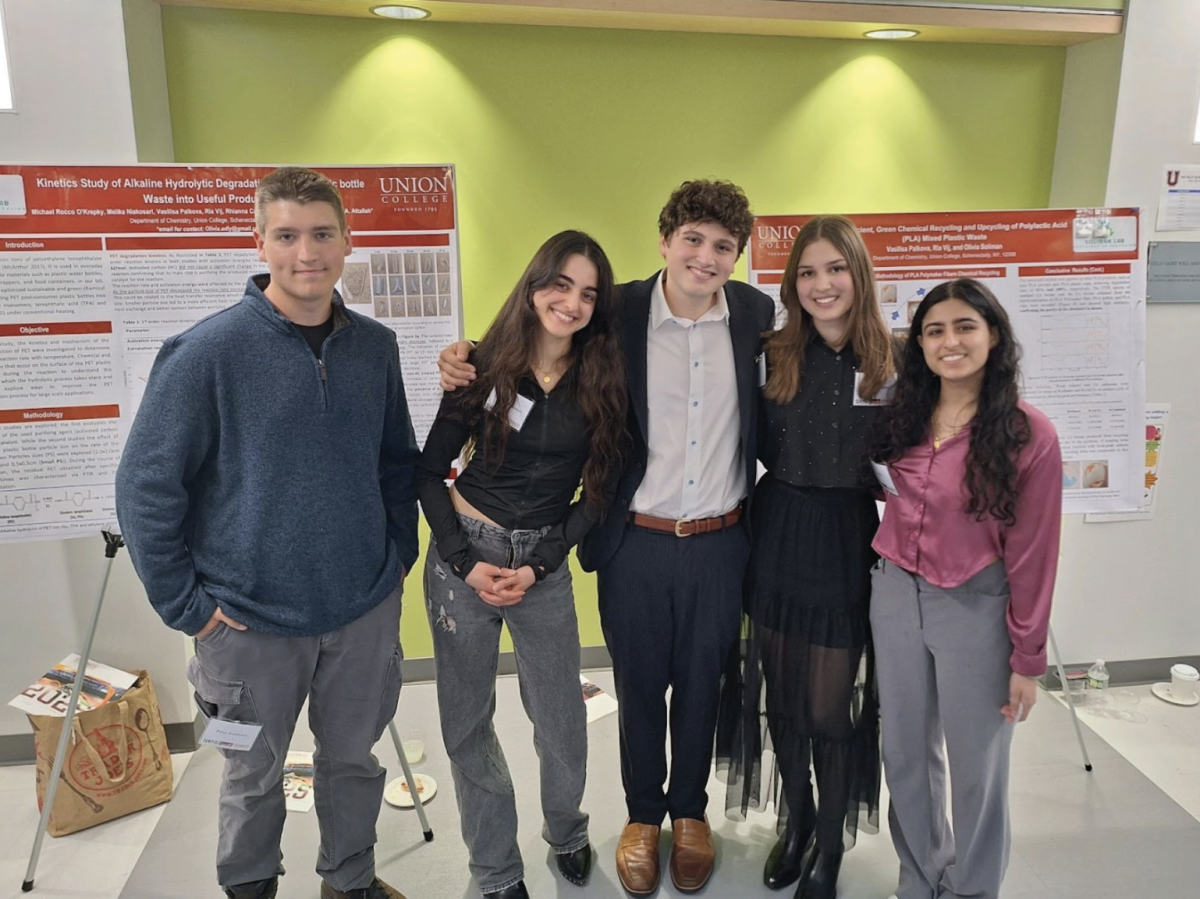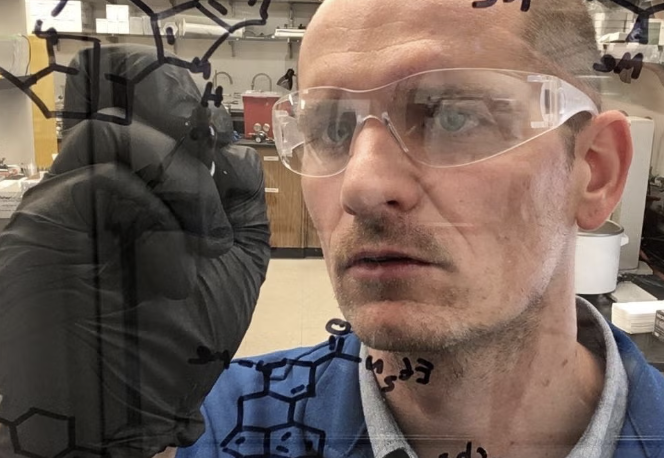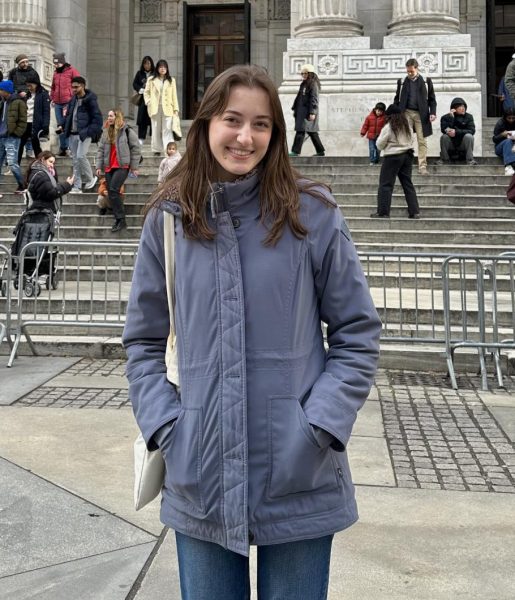We have all been there: intent on getting work done in the library, but you get distracted with your phone and scroll on social media instead. Hour after hour, you drift farther from focus. But, Schaffer Library is taking a bold step to counter that impulse.
In a pioneering new collaboration, Schaffer Library is partnering with Union students Theo Goldman ‘26 and Theo Steiger ‘26 – winners of the 2025 SparkLab Business Competition – to install Tapd devices at key points around the library. These tiny gadgets work alongside a companion app to help students lock in and tune out distractions. It links physical devices to software smart enough to block distracting apps just when you need to focus.
So how does it work? When you arrive at the library, you tap your phone to a Tapd device, which triggers a “focus mode” through the app. From then on, apps like social media, games, or anything you have flagged as distracting are disabled until you tap out or complete your session. The result? You have nudge to stay in work mode without relying purely on willpower.
The installation of these devices began on Friday, September 26, and were set at strategic locations across the library (study rooms, common zones, and silent areas). Additionally, on September 29, the Tapd team hosted a support table on the first floor to help students download the app, activate it, and understand how to use it (tap in/tap out).
Amazingly, on the first day after launch, 49 new students registered to use the system, an indication that the concept is proven effective and resonates with students. Megan Welsch, associate librarian, enthusiastically backs the project by claiming that it is “a winning idea that will help many students be able to focus without distractions.” She sees Tapd as a bridge between technology and intentional study habits, not as an enforcement.
Some of the benefits of these distraction devices is that it lets students take control: tap in when they are ready to study and tap out when they are done. That helps preserve autonomy while offering structure. Moreover, the hardest part of focusing is starting. When the app instantly disables tempting distractions, students are able to avoid the mental tug-of-war and start working.
If phones were tools for concentration, we would not have this problem. However, in the age of infinite scroll, the struggle is real. By bringing together smart hardware, mobile software, and supportive infrastructure, Tapd offers a bold step forward in reclaiming control of attention in the digital era.


